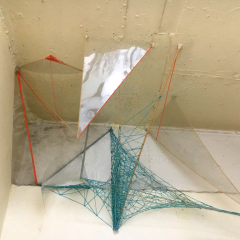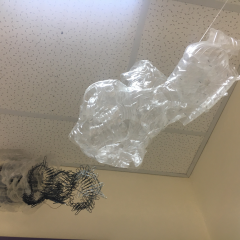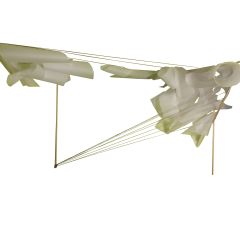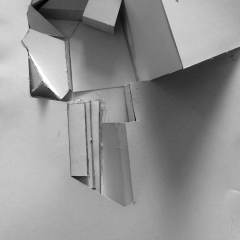General
• Autonomous work
• Generation of new research ideas
• Promotion of free, creative and inductive thinking
Course content
Design and creation of a three-dimensional development of recurring volumes and its virtual adaptation to the public space with references:
• The body as an important factor in defining form.
• To objects, as an extension of the body and its environment.
• To the conceptual reading of symbols as they have been shaped in contemporary visual thinking.
The course is supported by a series of lectures in modules on the thematic axis: Body, Concept, Space.
• The conceptual loading of plastic symbols in contemporary visual expression.
• Recording experiential space with audiovisual media.
• The transformation of space with digital audiovisual media.
• Space as a receptor of plastic transformations and transformations.
• Introduction to the technique of negative casting, single or broken in plaster or rubber
The introduction to image processing programs is carried out alongside the lectures and supported by independent exercises in digital representation.
Programme aims
Learning Outcomes: Knowledge and Understanding
• Will understand the correspondence of scale between public space and volume.
• They will be able to produce three-dimensional forms of design applications.
• They will have gained an empirical knowledge on the technique of the cast.
• They will have enriched their design skills and abilities
Bibliography
• Fredric Jameson, Postmodernism, or, the Cultural Logic of Late Capitalism, (1991).
• Edward W. Soja, Postmodern Geographies: the reassertion of space in critical social theory, (1989).
• Marc Augé, Non-Places, introduction to anthropology of supermodernity, (1995). London, N.Y.: Verso.
• Miwon Kwon, One place after another, site-specific art and locational identity, (2004). Cambridge, Massachusetts: The MIT Press.










